Original text by: Marina Belova
I have long been practicing in searching for a 3D Puff replacement — read here and here. Now I'm in the middle of testing my new embroidery machine, and I decided to find a new kind stabilizer. Moreover, I have a lot of materials at my country house, which at the first glance seem to make a suitable embroidery stabilizer.
I chose 4 materials for comparison:

I'll name them from left to right:
- a very dense perforated cutaway stabilizer from Gunold. I don't remember how many g/m2 are in it. It stretches good in one direction, and practically not at all in the other.
- some non-woven insulation material used in building; it, too, is perforated, but has lower density compared to the real stabilizer. It is similar to the stabilizer by its characteristics.
- covering spunbond (for garden) — a non-woven material, soft, agreeable to the touch, perforated, resembles spunbond used in embroidery. But this material is flexible — it stretches in all directions.
- ordinary printing paper. I've read a lot about using it as a stabilizer on the internet. Only now I've decided to give it a try. The paper is very stable and does not stretch at all.
I chose a plain calico fabric. I turned the hoop screw once, and hooped all the stabilizing materials in a similar way — together with the fabric. I had only one design for all materials. The result surprise me a little.
The design I'd created contained a large number of stitches (about 21 thousand), and the first material I chose to embroider it on was a real stabilizer:
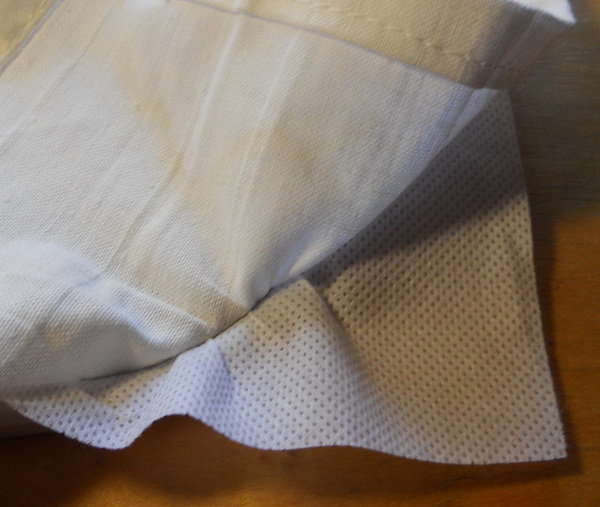
This is what I got:
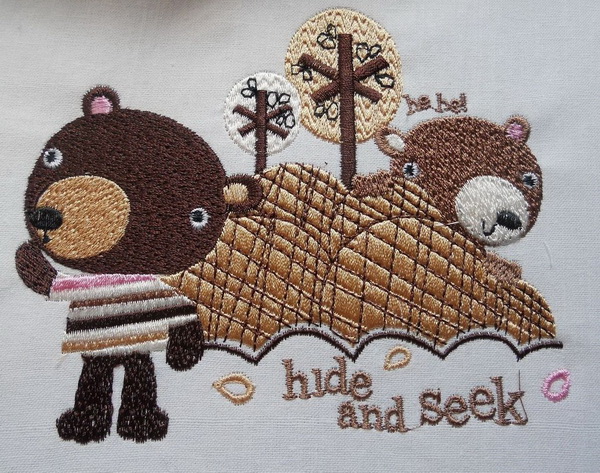
Not bad altogether. The lines on the bushes shifted downward — they didn't hit the grooves intended for them and went beyond the fill area. The rest is quite acceptable. In one place between the dark bear's head and the bush there is a gap. Indeed, not so bad a result for such a big design.
Then I proceeded to embroider on the building spunbond:
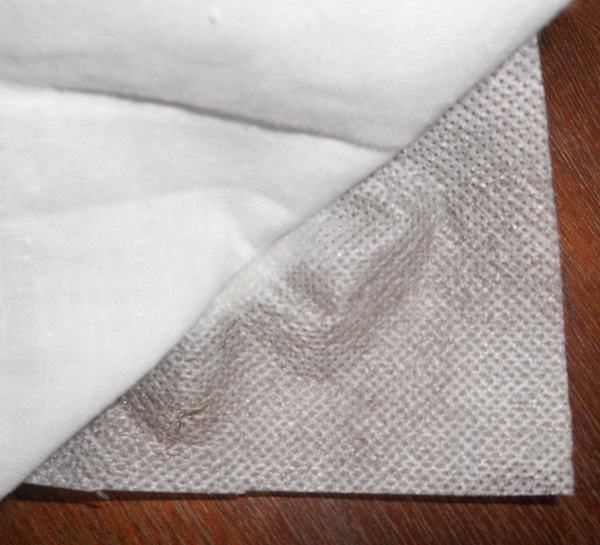
This is what I got this time:
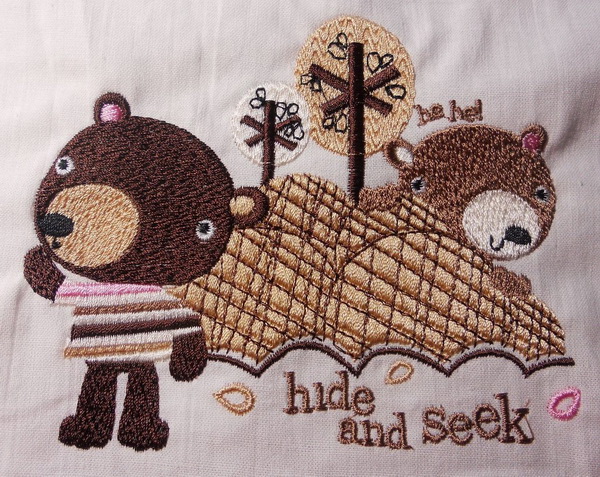
The lines on the bushes shifted slightly more down, and there are gaps in the strips on the bear's shirt here and there. The fabric was visibly more pulled, but nothing too critical.
I made the third embroidery on the covering spunbond:
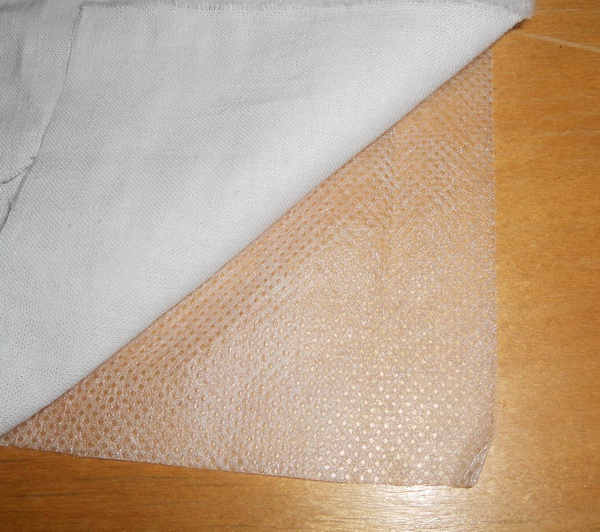
Here the result was most pulled of all, the lines on the bushes shifted the most, and the gaps on the shirt were the widest:
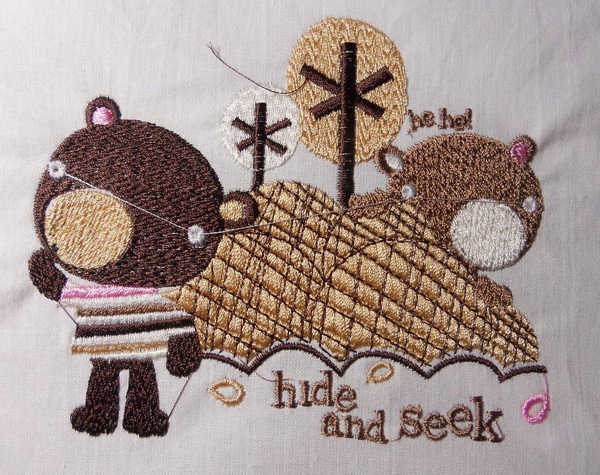
As for the bears' eyes, I haven't even manage to finish them because of the sad occurrence of the 'birds nest'. I used to think that only on commercial embroidery machines it was such of problem to remove a knot like that without consequences. There you can at least get to it from the throat plate side. It turned out that on a home embroidery machine it was practically impossible. Here it is:
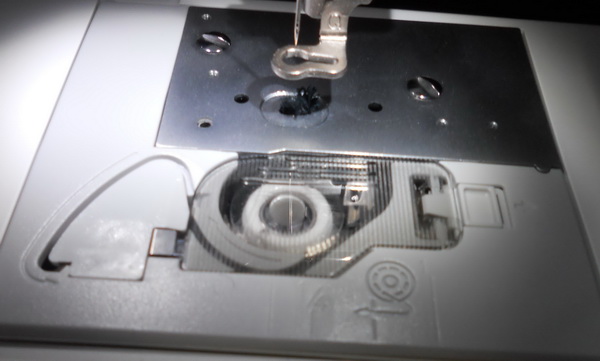
To remove it I had to unhoop the fabric and take off the throat plate — there was no other way I could reach it:
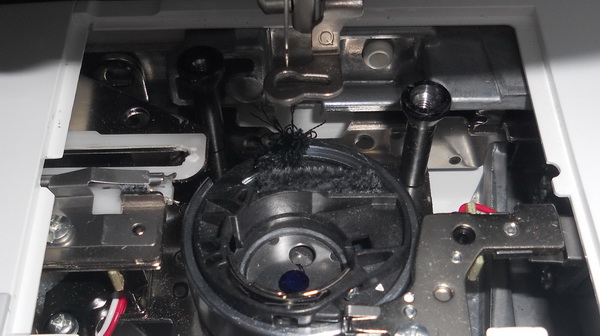
Then I decided to embroider on 2 layers of printing paper:
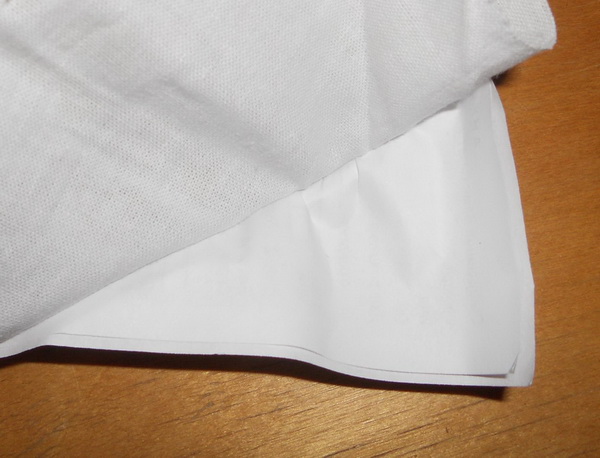
The embroidery on it was the best of all four, which was not at all what I have expected:
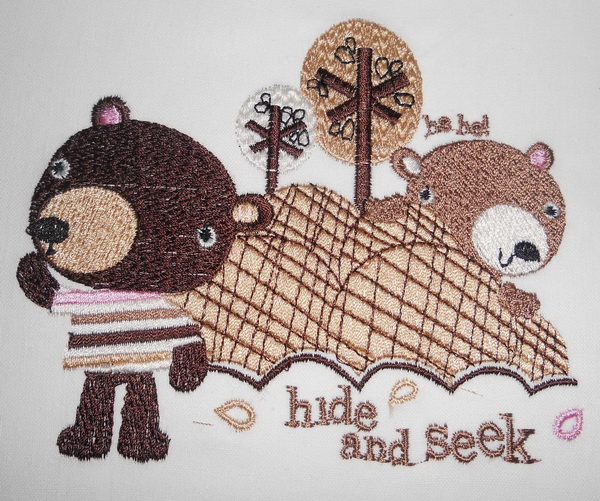
What do you know, you win some, lose some. The result was good even despite the fact that the paper was perforated and almost detached from along the perimeter.
And the paper is the most accessible stabilizer of all. This means that even in the hardest times we'll have something to work with.
It turns out that you have to try everything once, in order to understand what is what.



There are no reviews to display.